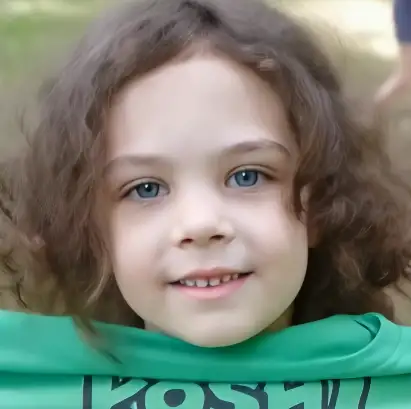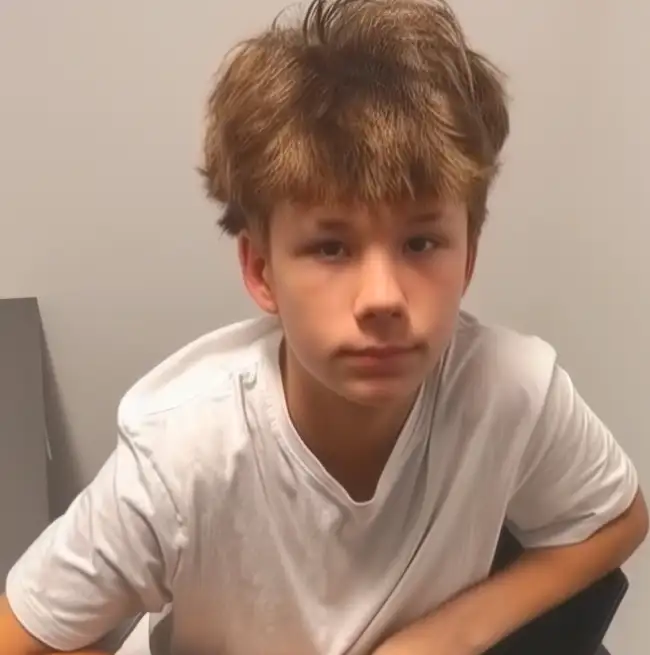The Disappearance of Relisha Rudd: A Tragic Case

Relisha Rudd, her disappearance in 2014 remains one of the most heartbreaking missing child cases in recent years. The 8-year-old girl vanished from Washington, D.C., and despite extensive efforts, she has never been found. Her story is one of neglect, missed opportunities, and systemic failures that allowRelisha Rudded her to slip through the cracks. The details surrounding her disappearance raise serious concerns about child welfare, homelessness, and the failures of various systems meant to protect vulnerable children.
Relisha Rudd: Early Life and Vulnerability
Relisha Rudd was born on October 29, 2005. She spent much of her life living in shelters due to her family’s struggles with homelessness. Her mother, Shamika Young, and other relatives frequently lived at the D.C. General Shelter, a place that had seen its share of problems, from poor conditions to safety concerns.
Living in a shelter made Relisha especially vulnerable. Children in such environments face increased risks, including exploitation, abuse, and neglect. Unfortunately, these risks would soon play a significant role in Relisha’s fate.
The Role of Kahlil Tatum
Kahlil Tatum, a janitor at the shelter, became a key figure in Relisha’s life. Her family trusted him and allowed Relisha to spend time with him. In the months leading up to her disappearance, Tatum took Relisha to various places, including his home and even bought her gifts. Relisha’s mother and other family members believed he was helping them during hard times.
On March 1, 2014, Relisha stopped attending school. Her mother gave school officials a fake medical excuse, claiming Relisha was sick and under a doctor’s care. However, the “doctor” turned out to be Kahlil Tatum. This lie bought Tatum time, as the school didn’t immediately raise alarms about Relisha’s absence.
The Search for Relisha
It wasn’t until March 19, 2014, that the alarm was raised. School officials, worried about Relisha’s extended absence, finally contacted authorities. By this time, Relisha had been missing for over two weeks. Police immediately began searching for her.
When investigators began digging into Tatum’s background, they uncovered troubling information. Shortly after Relisha’s disappearance, Tatum’s wife, Andrea Tatum, was found shot dead in a motel room. Kahlil Tatum became the primary suspect, but he had already fled.
Authorities launched a nationwide manhunt for Tatum, hoping to find him alive and get answers about Relisha’s whereabouts. However, on March 31, 2014, Tatum’s body was found in a shed at a Kenilworth Park and Aquatic Gardens in Washington, D.C. He had died by suicide, leaving behind no clues about what happened to Relisha.
Missed Opportunities and Systemic Failures
Relisha’s case revealed multiple missed opportunities to save her. Child Protective Services had been involved with her family before her disappearance, but no immediate action was taken. Additionally, the shelter’s lack of oversight allowed Tatum to develop a close relationship with Relisha without anyone stepping in. The school system, despite its concerns, failed to act sooner when Relisha missed several days of school.
Criticism also fell on the Metropolitan Police Department for not treating Relisha’s disappearance as an abduction sooner. By the time they issued an Amber Alert, it was too late, and critical time had been lost.
The Legacy of Relisha Rudd’s Case
Relisha’s case continues to haunt Washington, D.C., and the nation. Despite extensive searches, including at parks and surrounding areas, Relisha has never been found. Authorities have speculated that she may have been killed, but no evidence has confirmed her fate. Her family still holds onto hope, praying that one day they will know what happened to her.
Relisha’s disappearance has sparked calls for changes in the way authorities handle missing children cases. It has highlighted the need for better communication between schools, shelters, and law enforcement agencies. The case also led to scrutiny of the D.C. General Shelter, which was eventually shut down in 2018 due to poor conditions.
Conclusion: A Call for Action
Relisha Rudd’s disappearance serves as a painful reminder of the vulnerabilities many children face. Her story has prompted a closer look at how communities and systems can better protect at-risk children. As long as Relisha remains missing, her case will continue to push for reforms and raise awareness about the thousands of other children who go missing every year.
Sources:
- The Washington Post (washingtonpost.com)
- National Center for Missing & Exploited Children (missingkids.org)
- NBC News (nbcnews.com)
- Metropolitan Police Department, Washington D.C. (mpdc.dc.gov)






